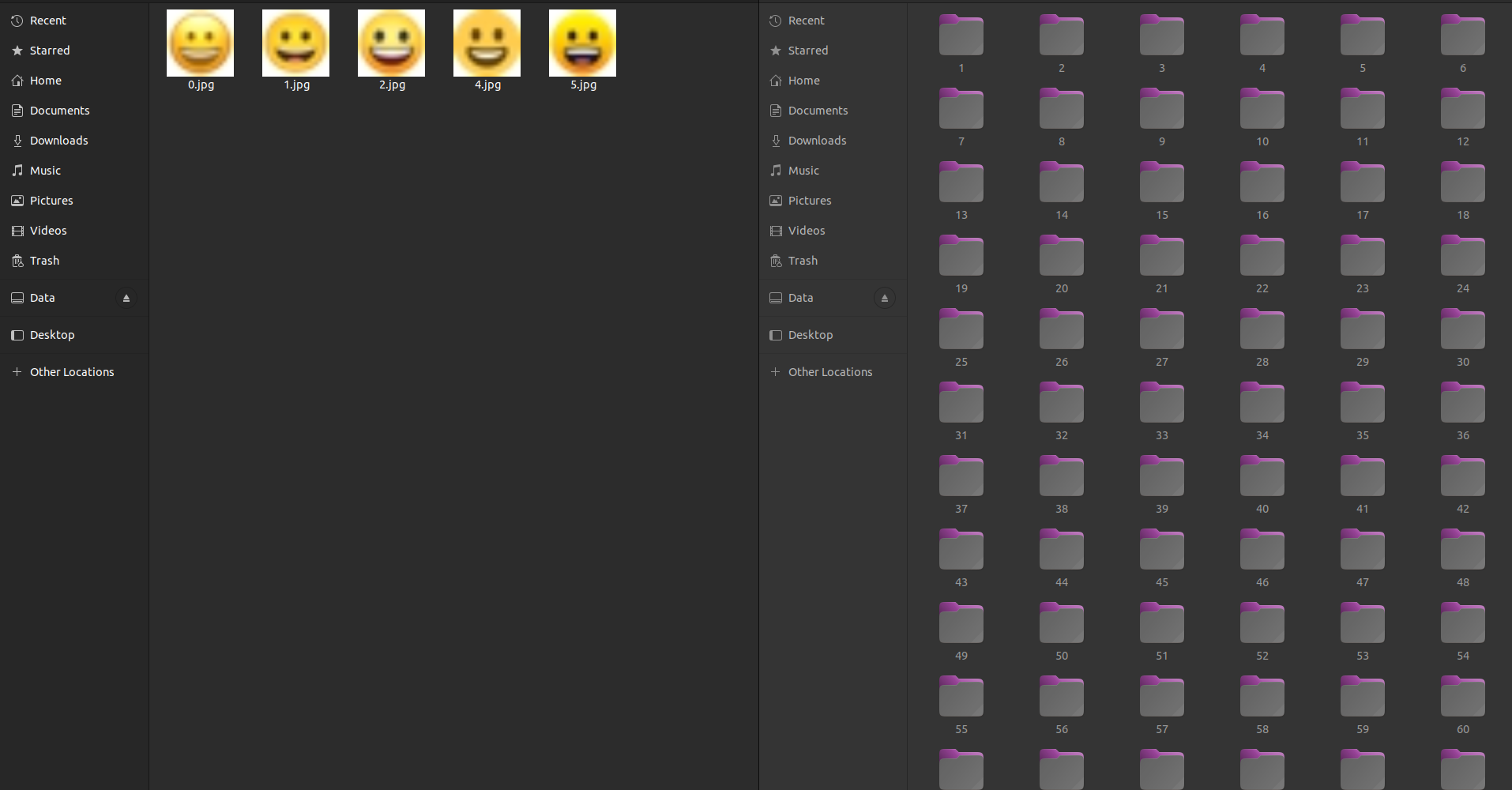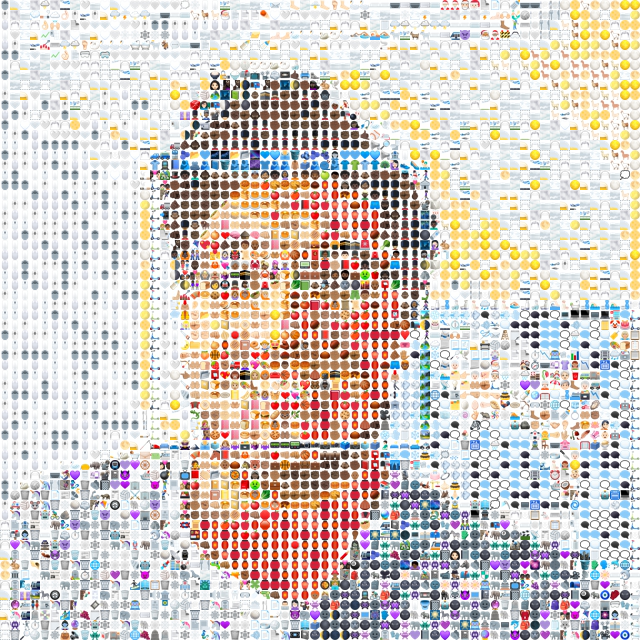After seeing @bwasti’s creative image-to-emoji project, I created my own PyTorch implementation that transforms photos into mosaics made of 10x10 pixel emoji tiles.
The project started by building a dataset from standard emoji images found at unicode.org, using their 14x14 pixel PNG versions.

To improve model training, I applied basic image augmentation with Gaussian blur and slight rotation to create more variation in the training data.
For the model, first, I overfitted torchvision.models.resnet18() and then this small model. Both worked fine, but I like the output of the resnet18 more.
1
2
3
4
5
6
7
8
9
10
11
12
13
14
15
16
17
18
19
20
21
22
23
24
25
26
class EmojiNet(nn.Module):
def __init__(self, num_classes):
super(EmojiNet, self).__init__()
self.feature_extractor = nn.Sequential(
nn.Conv2d(in_channels=3, out_channels=8, kernel_size=3, stride=1),
nn.ReLU(),
nn.MaxPool2d(kernel_size=2),
nn.Conv2d(in_channels=8, out_channels=32, kernel_size=3, stride=1),
nn.ReLU(),
nn.MaxPool2d(kernel_size=2)
)
self.clasifier = nn.Sequential(
nn.Linear(in_features=32, out_features=256),
nn.ReLU(),
nn.Linear(in_features=256, out_features=num_classes),
)
def forward(self,x):
x = self.feature_extractor(x)
x = torch.flatten(x, 1)
x = self.clasifier(x)
return x
Resnet18 output: 
EmojiNet output: 
I need to work on improving its speed (I have a problem making predictions on a batch of inputs), but I’m super happy with the results. I’ll clean the code and release it sometime in the future and update this page :)
